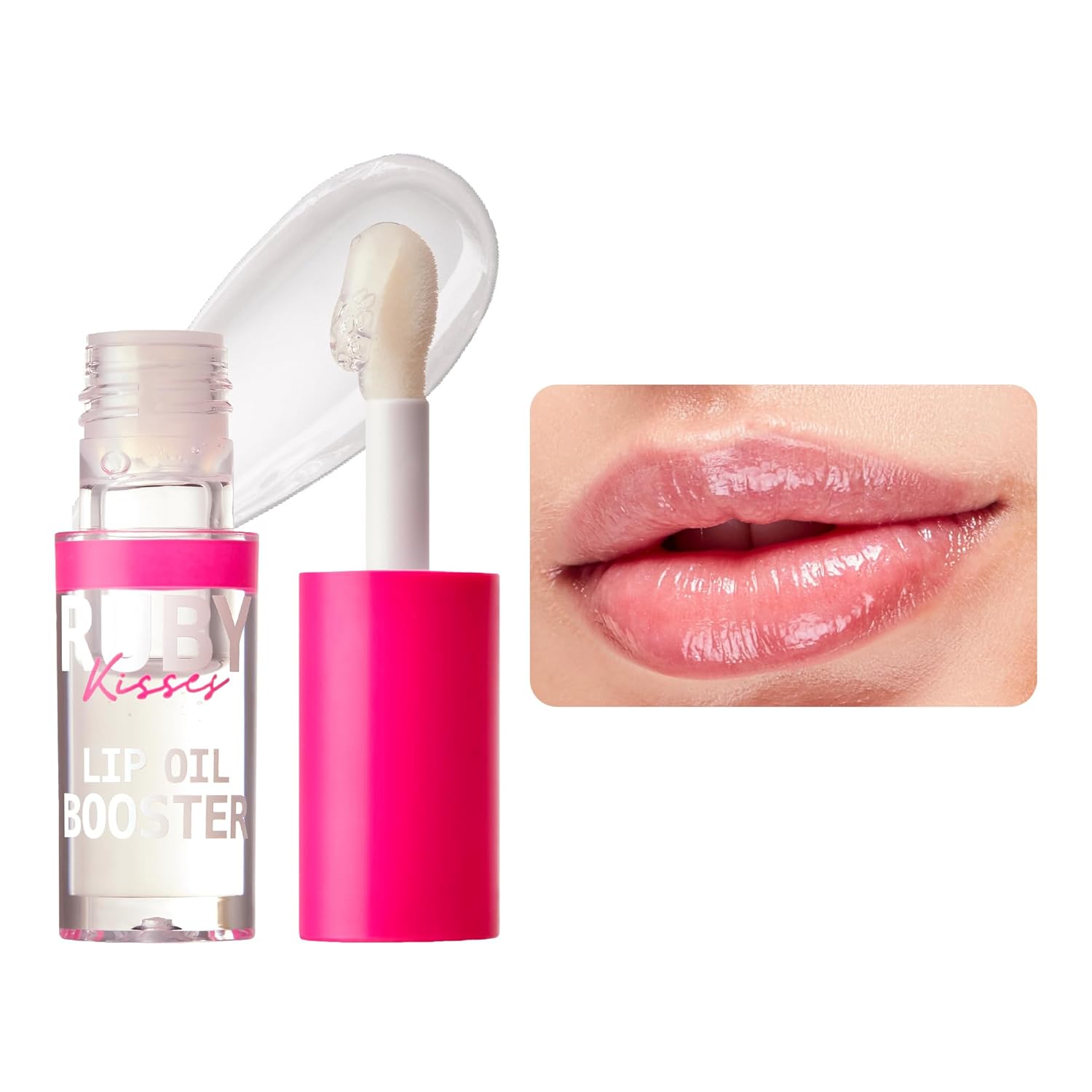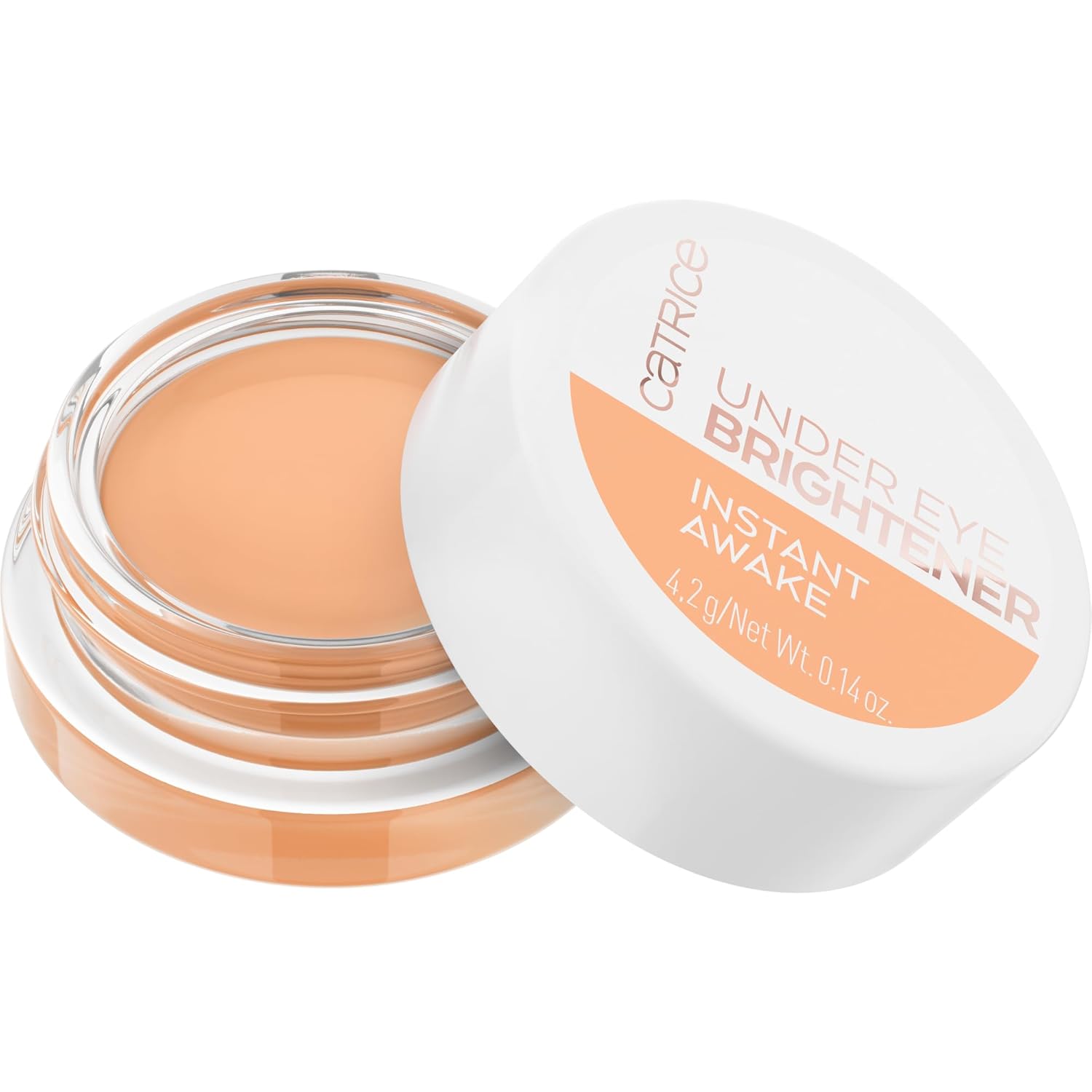
Finger detangling is a delicate and intricate procedure. If done properly, it is entirely possible to go without combs and have an exclusive finger combing routine. This is especially beneficial for women who have hair that easily breaks during the detangling process. It is also possible to incorporate finger combing as a first part to your detangling routine prior to combing in order to reduce breakage.
Here are two very good videos that demonstrate the process of finger detangling on dry hair and wet or damp hair:
1. Dry finger detangling
This is one of the slowest and most painstaking processes. The huge benefit of it is that if you adhere to the rule of patience, it is possible to significantly and positively impact length retention. This is because there is much less breakage as hair is stronger when dry than when wet and there is no shrinkage involved to complicate detangling.
However, the emphasis is on proper handling as dry hair is less flexible and therefore does not tend to stretch as much. Provided that you take your time and handle your hair in manageable sections this is the preferred method for maximum length retention. If you reach a point where the hair is not able to be detangled (matting or knotting”> do not be afraid to reach for a an oil or conditioner to help create more slip.
Adjustments that you can make:
In this video, Chery goes on to comb her hair , this is entirely optional, if you wish to do the same, you can but the finger combing on its own is good enough to keep your hair detangled (see the previous how to on keeping hair in sections while washing as that will help to stop hair tangling after washing”>.
2. Wet/damp or conditioner finger detangling
This is an easier and faster detangling process that suits most naturals especially those who are new to patient detangling and those with a loose curl. It definitely will help with retention of hair length but you must be careful not to overstretch hair as wet or conditioner soaked hair is highly flexible. If you have high shrinkage, it may be a little more difficult to conditioner finger detangle but it is still much easier than dry detangling if you are pressed for time.







The key principle of this method is to use the slip that the conditioner provides to reduce breakage and allow hair strands to slide past each other. It is therefore imperative to choose a conditioner which has a lot of slip (usually very light in consistency more often in a bottle than a jar, low in heavy conditioning agents like behentrimonium chloride, high in ingredients that give slip like oils and silicones – many naturals preferring water soluble silicones”>.
Adjustments that you can make:
You can opt to not comb your hair as Vanisha does in this video but you should aim to be very thorough with finger detangling instead (i.e handle smaller sections than shown in the video”>. Most conditioners also usually work much better when given a short time to adsorb (yes with a D -meaning stick to the surface”> to hair. You can opt to apply the detangling conditioner to each section, twist or braid it up, wait for 5-10 minutes and then proceed with detangling. You can also opt to use a water and oil mix instead of conditioner but I do not recommend just plain water or a plain water/glycerin mix as that does not give hair any slip at all and can lead to breakage. Always involve either conditioner or oil.
Additional Videos for different hair textures:
Via HeyFranHey
Via Cherry818
This post was written by GlobalCouture for CurlyNikki.










